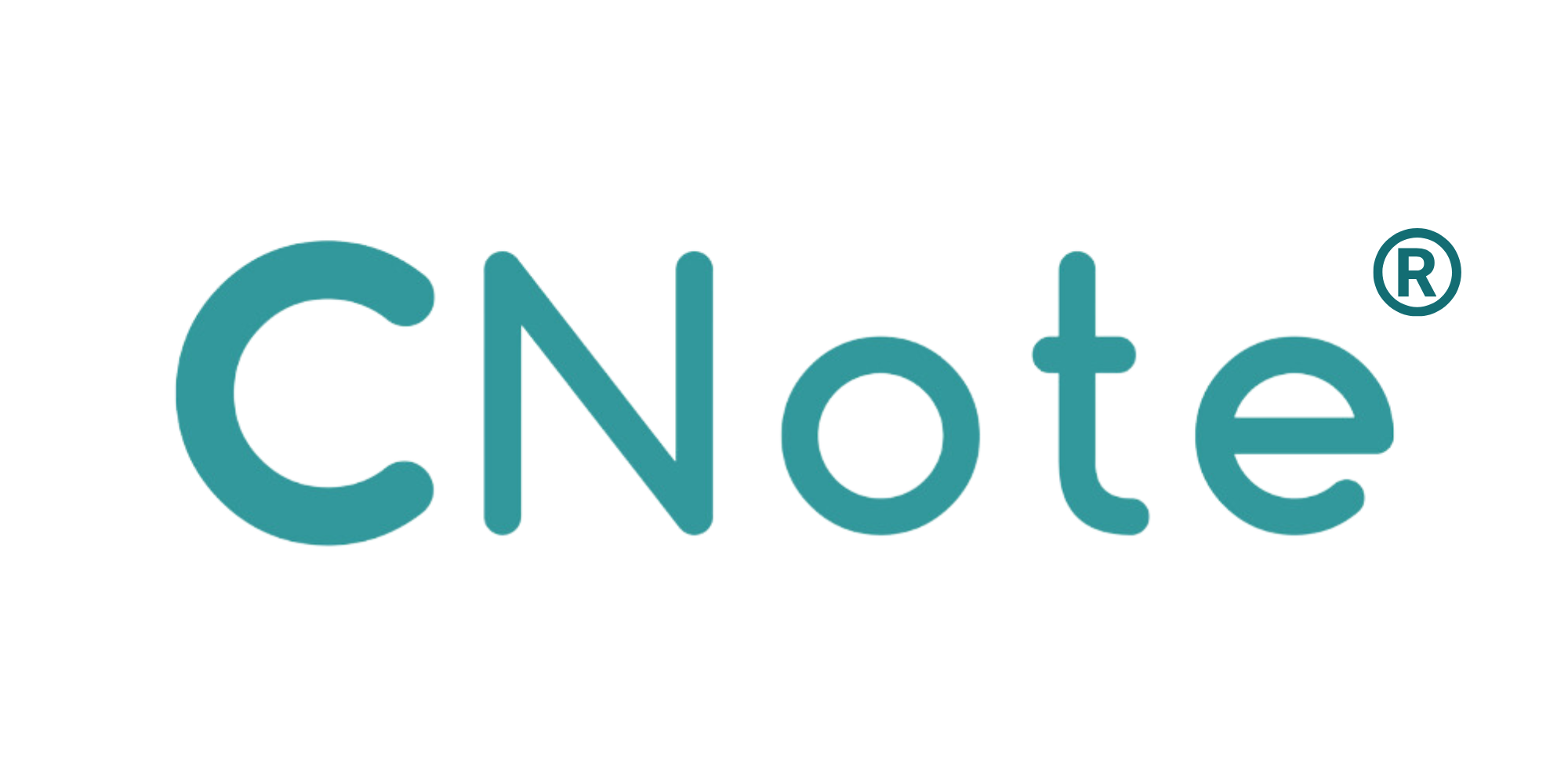By Tamra Thetford
When people think of affordable housing, they often picture the finished product: ribbon cuttings, newly housed families, and revitalized neighborhoods. But behind every successful project is an unsung hero—pre-development lending—the financial spark that makes it all possible. This initial phase—covering site acquisition, market studies, environmental assessments, architectural designs, and securing permits—represents just 5-10% of an affordable housing project’s total cost but determines whether worthwhile projects advance or stall before breaking ground. This early-stage, high-impact financing is a core service of Community Development Financial Institutions (CDFIs), yet it remains one of the least understood forms of lending.
The Critical Gap in Housing Development
Pre-development loans provide the essential capital needed for the earliest phases of a real estate project: site acquisition, environmental testing, architectural plans, zoning, legal fees, and more. These activities are inherently risky—there’s no guarantee the project will move forward. As a result, traditional banks almost never touch this space, and when they do, the high interest rates can be out of reach for developers with limited resources. They want to see permits in hand, construction budgets lined up, and permanent financing committed before they lend.
In 2024, mission-driven financial institutions in CNote’s network originated over $5.3 billion in housing-related loans, with a significant portion dedicated to pre-development financing.
CDFIs Filling the Gap
This is where CDFIs like Community Capital of New York (CCNY) step in. One of only a handful of CDFIs in New York that do pre-development lending, in CCNY’s 36-year history of community-based lending, CCNY has invested over $28.4 million in pre-development loans to increase the supply of affordable homes in the New York area. They specialize in supporting real estate developers—especially women and minority-led firms—who have created 5,400 affordable housing units in underinvested neighborhoods across New York.
Impact in Action: CCNY and The Ridgeway
“Building mixed-income communities in Westchester would not be possible without partners like Community Capital New York. We are thankful for their support of this project and prior work in Yonkers.” – Lauren Hauck, Development Project Manager at The Community Builders
Community Capital New York exemplifies how CDFIs provide critical predevelopment financing. CCNY partnered with The Community Builders to transform Cottage Place Gardens, an outdated public housing complex in Yonkers.
In 2014, CCNY provided a $500,000 predevelopment loan to complete feasibility studies that ultimately secured $27 million in construction financing—a leverage ratio of 54:1. Two years later, CCNY extended an additional $800,000 predevelopment loan to launch phase five of the redevelopment, now branded as “The Ridgeway.” Upon completion, the project will provide 500 units of housing for Yonkers residents across a mix of income levels.
Across the country, other mission-driven CDFIs bring unique approaches to this essential work. Some focus on rural housing development, others on supportive housing for vulnerable populations, and many emphasize creating accessible, inclusive spaces for people with disabilities.
The Multiplier Effect
Pre-development lending plays a crucial role in the Low-Income Housing Tax Credit (LIHTC) ecosystem. Developers utilize LIHTC to subsidize the acquisition, construction, and rehabilitation of affordable rental housing, but they need capital to prepare projects before tax credits can be secured. Most CDFI pre-development loans have terms designed to bridge this gap—typically around 24 months—positioned to be taken out by the longer-term, permanent financing that follows tax credit allocation.
Because of the high-risk nature of pre-development, CDFIs often use a blend of concessionary capital, public funding, and guarantees to underwrite these loans. This layered approach lets CDFIs take smart, strategic risks that banks won’t—but communities desperately need.
Unfortunately, many impact investors still overlook this form of lending. It’s not flashy. It doesn’t always offer market-rate returns. But if your goal is systemic impact—affordable housing, economic mobility, and resilient communities—then pre-development lending is where that story starts.
At CNote, we’re proud to channel capital to partners like Community Capital of New York and other mission-driven CDFIs who are doing this hard but vital work every day. Pre-development is more than a loan—it’s the first vote of confidence in a better future.
Tamra Thetford is Vice President of Impact Evaluation at CNote, a women-led technology platform that provides corporations, institutions, and individuals a simple, effective way to invest in under-resourced communities at scale. A community finance industry veteran with more than 25 years of experience, Thetford comes to CNote after leading impact data collection and analysis work at Justine Petersen Housing and Reinvestment Corporation and the Aspen Institute.


